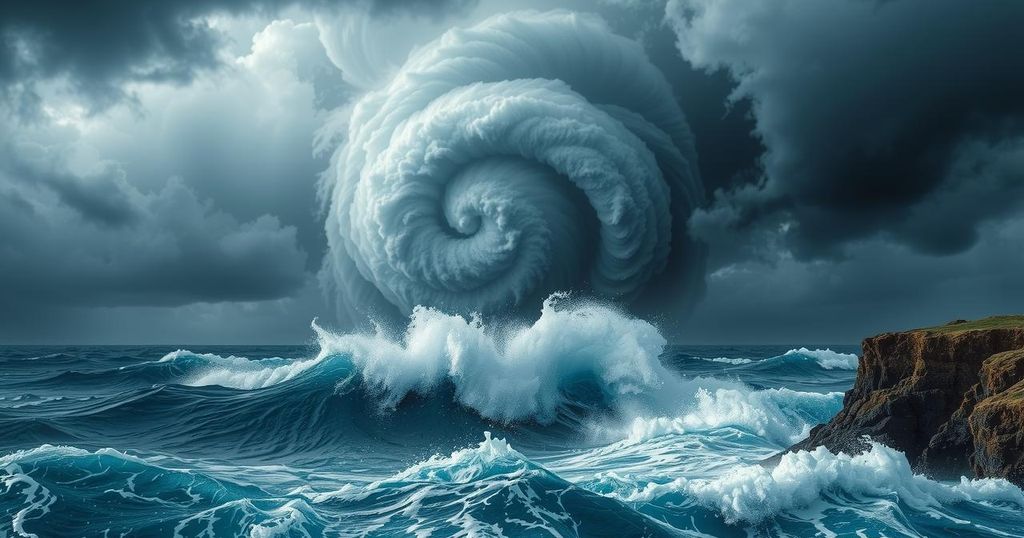Understanding The Rapid Intensification of Severe Tropical Cyclone Zelia
Severe Tropical Cyclone Zelia, having swiftly intensified from category 1 to category 5 in just over 24 hours, is set to impact Western Australia’s Pilbara coast with fierce winds, heavy rain, and storm surges. Factors contributing to this rapid growth include warm sea temperatures and limited movement caused by atmospheric conditions, leading to an extremely dangerous storm expected to make landfall today.
Severe Tropical Cyclone Zelia is set to impact Western Australia’s Pilbara coast with severe winds, torrential rain, and dangerous storm surges. This storm rapidly intensified from a category 1 to category 5 within just over 24 hours, raising questions about the factors contributing to such rapid escalation. Zelia was initially categorized on Wednesday morning and exhibited extraordinary growth to a severe level by Thursday.
Key factors behind Zelia’s rapid intensification include exceptionally warm sea temperatures and limited movement over the past two days. Tropical cyclones necessitate water temperatures of at least 26.5°C to develop; however, the waters beneath Zelia have reached between 30°C and 31°C, nearing 32°C closer to Pilbara. This abundant thermal energy has significantly contributed to Zelia’s strengthening.
Furthermore, Zelia’s movement has been constrained by competing atmospheric ridges. These ridges, or high-pressure areas, provide opposing steering effects that lead the cyclone to stagnate or move erratically. For two days, Zelia remained approximately 140 km north of Port Hedland, allowing it to remain in a favorable environment for growth. A quicker approach to the coast might have resulted in a less intense system.
As of Friday morning, Severe Tropical Cyclone Zelia began to shift towards the south-southeast, with landfall anticipated later in the day. The storm will bring extremely dangerous weather conditions, including winds potentially gusting up to 190 km/h and significant flooding risks due to heavy rainfall and storm surge. While the cyclone is expected to weaken rapidly after making landfall, it will still pose risks to inland areas moving into Friday night and Saturday morning.
In conclusion, Severe Tropical Cyclone Zelia’s rapid intensification is attributed to remarkably high sea surface temperatures and its prolonged stagnation due to dual opposing atmospheric ridges. This weather phenomenon is poised to bring destructive conditions upon landfall, emphasizing the risks associated with extreme tropical weather events in the region.
Original Source: www.weatherzone.com.au




Post Comment